What 2017 Was Like for the World’s Oldest Trees
The past 12 months, contemplated in tree time.
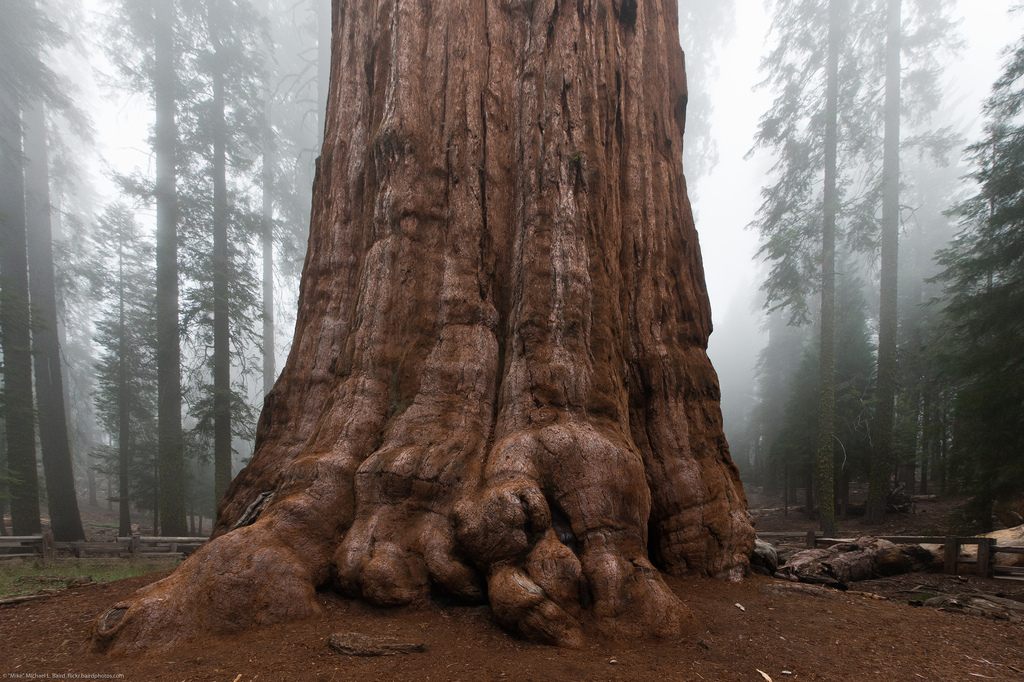
For many human beings, 2017 might have seemed like a very long year. On a human timescale, this year was crammed with events—rising tensions in international relations, record-breaking natural and manmade disasters, deaths of iconic figures.
But think in tree time, and this past year doesn’t seem particularly remarkable. Certainly the changing climate might be adding stress to the lives of trees, but most of those that have survived for thousands of years are well-equipped to survive this one, the one after, the one after that, and so on for hundreds, even thousands more years. From a tree’s perspective, 2017 was not much better or worse than 1517, 1017, 17, or even 2017 B.C.
Here’s how some of the world’s oldest trees might have summed up this past year.
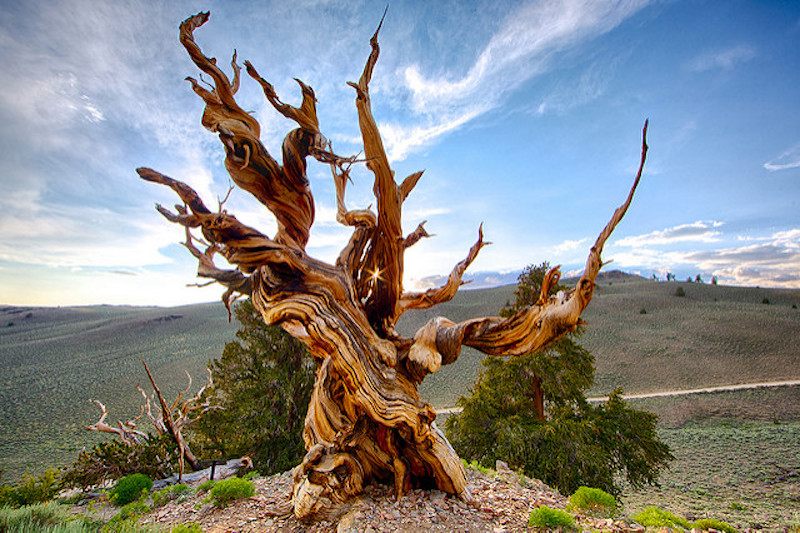
Methuselah and Old Hara
5,000-year-old bristlecone pines in California
The sun shone. Rain fell, no more than three inches each month. Fire blazed nearby but did not touch the grove. Small limber pines grew further upslope than ever in human memory, creeping into bristlecone territory.

Pando
50,000-year-old clonal aspen stand in Utah
Pando struggled. Its root system, 80,000 years old, supports more than 47,000 trees, most of which are nearing the end of an aspen stem’s lifespan of 110 to 130 years. In June, the new shoots—the young trees that could replace the senescent—sprouted. Outside the fencing that the park rangers have erected, deer feasted on the shoots; inside, fewer were eaten. It will be another decade before the community’s survival is assured.
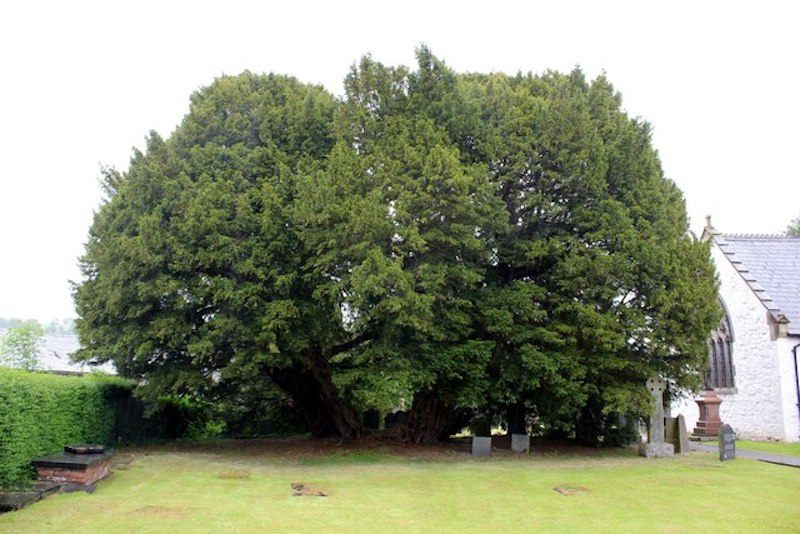
Llangernyw Yew
4,000-year-old yew in Wales
Most months, it rained more than a foot. The days were never too warm; the nights never dropped below freezing. As an evergreen, the yew only shed its older leaves.
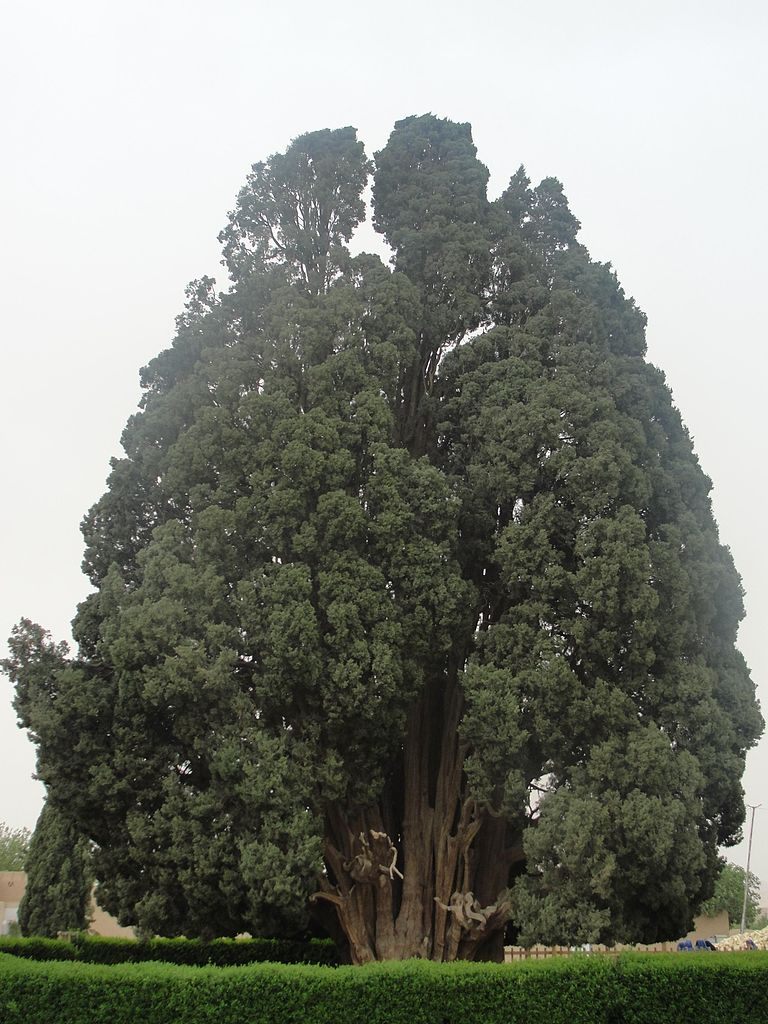
Sarv-e Abarkuh
4,000-year-old cypress in Iran
The grass and the hedge that circle the tree posed no competition, but still the water was shorter than in other years.
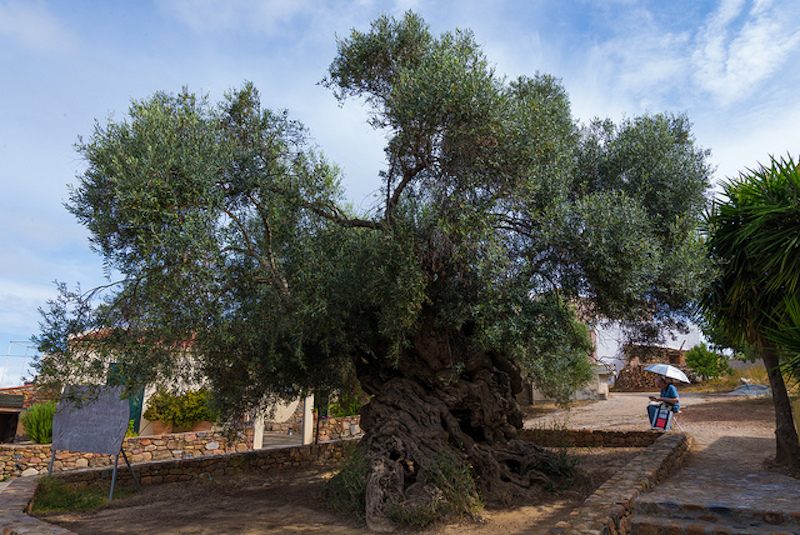
Olive Tree of Vouves
2,000-year-old olive in Crete
The sun shone. The summer was dry, as it always is. The olives grew and matured.
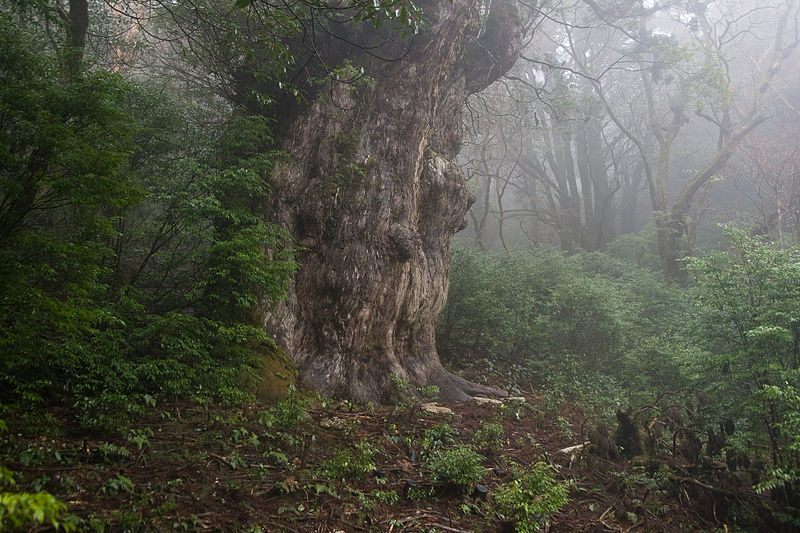
Jōmon Sugi
2,100-year-old cedar in Japan
In the warm and humid forest, the tree continued to grow, separated now from the clamor of increasing numbers of human visitors, who must view it from a platform 15 feet away.
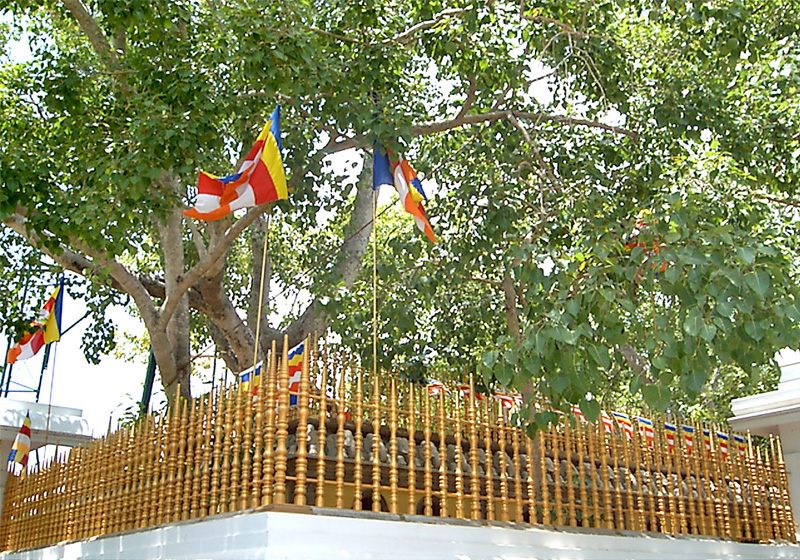
Jaya Shri Maha Bodhi
2,300-year-old fig tree in Sri Lanka
It was warm this year, as it always is. The tree’s roots breathed easier now that humans are kept farther from its base.
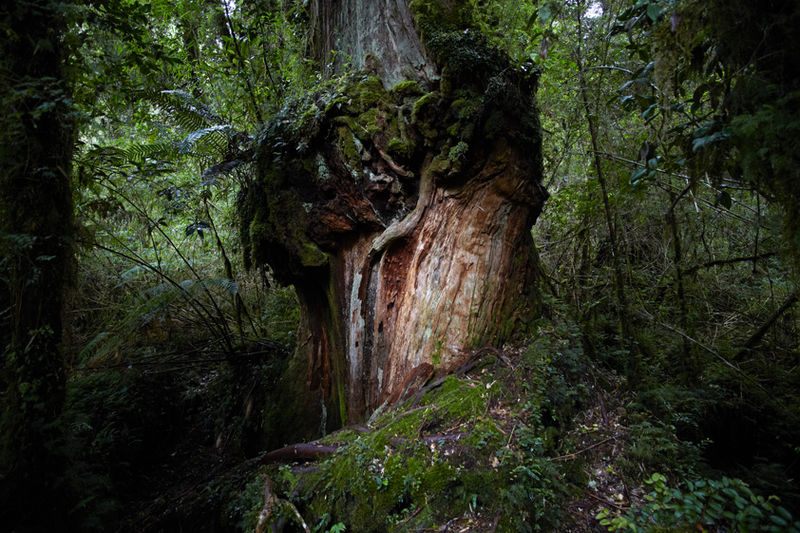
Gran Abuelo
3,600-year-old patagonian cypress in Chile
UNESCO declared the national park where the tree lives a world heritage site; the tree, unmoved, continued to grow in the mountains, not so far from the ocean, where it was neither too cold nor too warm.

Old Huon Pine
10,000-year-old stand of Lagarostrobos in Tasmania
The trees here, some as old as 3,000 years, are clones of each other, joined by the same root system. They don’t care that humans call them pines when they’re not technically pines; they stand through snow and rain. Each tree may have grown as much as 2 millimeters this year.
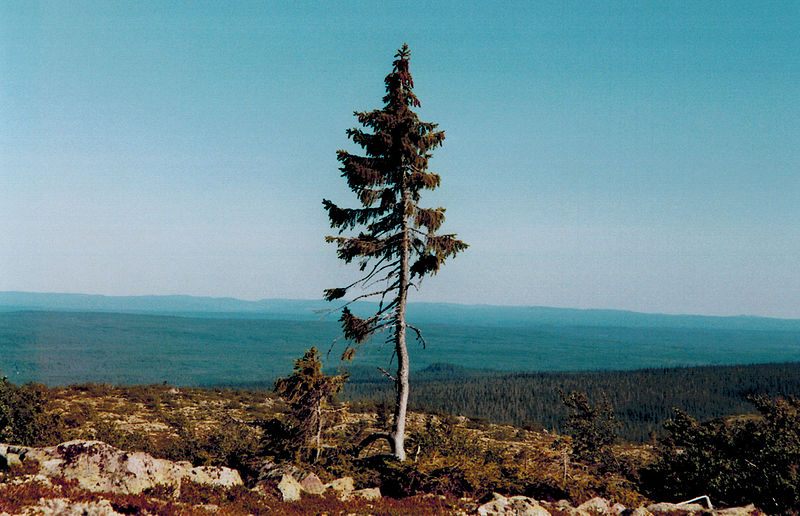
Old Tjikko
9,550-year-old spruce in Sweden
Above ground, the spruce survived another year, of hundreds; when it dies back, the roots below will grow another one.

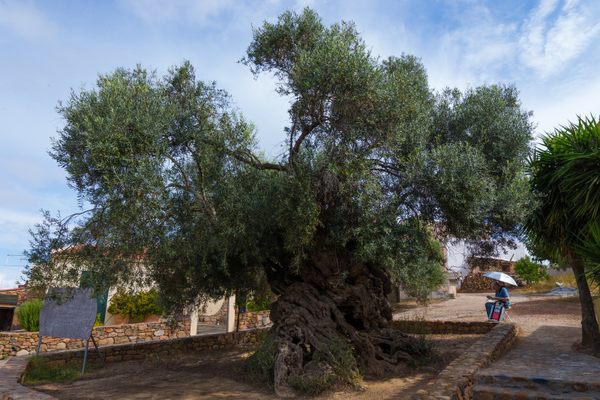
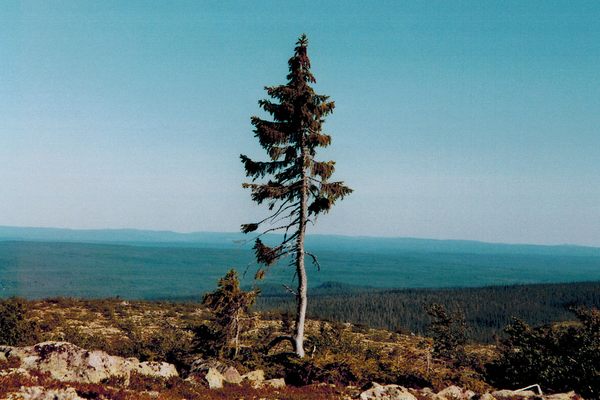


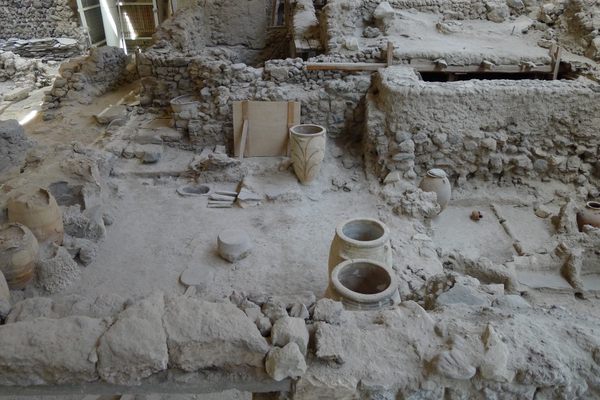












Follow us on Twitter to get the latest on the world's hidden wonders.
Like us on Facebook to get the latest on the world's hidden wonders.
Follow us on Twitter Like us on Facebook